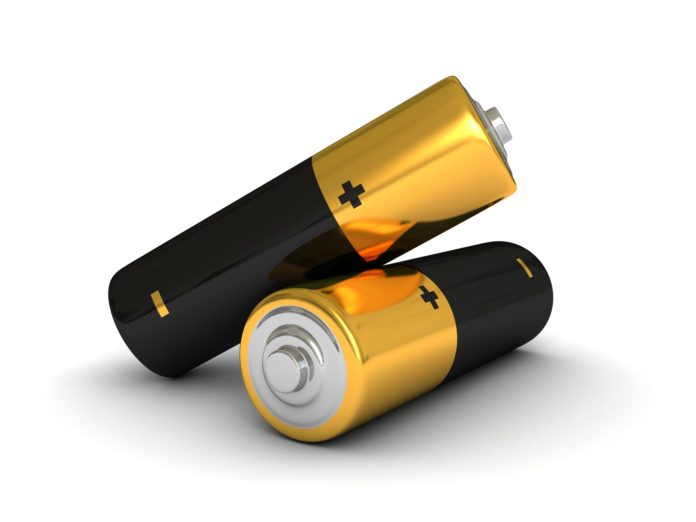Another increase in the efficiency of lithium batteries comes with thanks to a new design developed by Cadenza Innovation. Not only does this innovative design improve performance, but it also lowers costs, and is much safer than the standard lithium-ion batteries in widespread use today.
While Cadenza is the brains behind the new battery design, it licenses the technology to various battery manufacturers to be used in a number of different applications. This includes energy grid storage, industrial machinery, and electric vehicles.
The founder of the four-year-old company is Christina Lampe-Onnerud, a former MIT postdoc who has more than 20 years experience in the battery industry. Her vision for the company is to help advance the battery industry just as it reaches a changing point. And the way in which they’ve been doing that is by securing partnerships with organizations at every step of the battery supply chain, from those supplying the industrial minerals right through to the end user.
One of Cadenza’s most significant achievements to date is its “supercell” battery that’s found in the Fiat 500e model. The company is also about to finish an energy storage system that will be used by the New York Power Authority. But, even better than that, is the forming of a recent partnership with Shenzen BAK Battery Company. At the start of 2019, they will mass produce batteries based on Cadenza’s supercell architecture.
While knowing people in the industry has certainly helped Lampe-Onnerud on her journey, it’s more the technology’s performance that’s accelerated the company’s success. It’s all good and well having a battery that can perform more efficiently, but usually, they’re more expensive. But, that’s not the case with Cadenza’s technology. With this battery, you get both increased performance levels and lower production costs.
Most rechargeable lithium-ion batteries get their power from sheets of rolled metal often referred to as “jelly rolls.” These jelly rolls are made in different sizes depending on their need. In bigger batteries, they tend to be quite large to limit the overall cost of the battery. Or they can be made smaller in order to achieve a more sleek cell design. The problem with doing this is there are safety issues with tightly packing these jelly rolls into a battery as if one jelly roll happens to overheat, the whole system can fail.
Luckily, Cadenza managed to find a way around this with its supercell technology, and that comes in the form of a noncombustible ceramic fiber material. This material hugs each jelly roll tightly, helping to control the cell’s overall temperature and isolate and potential damage caused by overheated jelly rolls. Each jelly roll is then encased by a metal shunt and a flame retardant layer.
Designing the battery in such a way enables the jelly rolls to be packed tighter allowing greater energy density safely, and at a reduced cost. In 2016, when the supercell technology was publically revealed, Lampe-Onnerud was very vocal in saying it could be used to increase the range of Tesla cars by as much as 70 percent. Now, it’s just a case of getting the manufacturers to take the bait and adopt the architecture.
Ever since her academic days spent at MIT, Lampe-Onnerud has continued to keep a close connection with MIT, giving guest lectures on campus, and participating in alumni groups. In 2004, she founded the company Boston-Power which developed into a globally recognized battery manufacturer supplying both commercial and retail customers. Upon leaving Boston-Power, Lampe-Onnerud began to develop what is now known as Cadenza’s supercell with her husband in the garage of their home.

